TERRA Token Value Calculator
Current TERRA Price
$0.00605
As of October 1, 2025
Total Supply
642,362,881
Fixed supply
Deflationary Model
Each swap burns approximately 0.5% of the transaction amount. This reduces supply over time, potentially increasing token value.
Staking & Liquidity Calculator
Ever stumbled upon a new crypto name and wondered if it’s worth a second look? Terraport is a decentralized finance (DeFi) platform built on the Terra Classic blockchain, and its native token is tickered TERRA. In simple terms, Terraport aims to give anyone the tools to swap, stake, farm, and earn without the hoops of registration or KYC. Below we break down what the project does, how its token works, where you can get it, and what to watch out for.
Quick Overview
As of 1October2025, Terraport trades under the symbol TERRA and sits around $0.00605USD with a 24‑hour volume of roughly $168,700. Its circulating supply is about 642million tokens, and the platform ranks just outside the top5,000 on CoinMarketCap. The most notable selling point is its “circular economy” model - every action (swapping, staking, providing liquidity) feeds back into the system, creating a self‑sustaining loop of value.
How Terraport Works
The platform runs entirely on smart contracts. Users connect their Terra Classic Station wallets directly to the DEX, meaning the service never holds custody of anyone’s funds. Once connected, you can:
- Swap any Terra‑based token instantly through automated liquidity pools.
- Stake TERRA to earn daily rewards sourced from transaction fees and the built‑in token‑burn mechanism.
- Provide Liquidity and collect a share of swap fees while helping keep the market liquid 24/7.
- Yield Farm in specific farms that boost returns for a limited time.
- LaunchPad participation for new Terra‑Classic projects.
- Entertainment features like gamified quests that hand out extra TERRA.
All of these pieces are tied together by a deflationary token model: a small portion of every transaction is burned automatically, gradually reducing supply and, in theory, supporting price appreciation.
Tokenomics and the Deflationary Model
The $TERRA token has three core attributes:
- Supply: Fixed at 642,362,881 tokens, with no minting beyond the initial launch.
- Burn Rate: Roughly 0.5% of each swap is routed to an automated burn contract. Users trigger the burn by confirming the transaction, so the community collectively decides the burn cadence.
- Reward Distribution: 60% of collected fees are redistributed to stakers, 30% goes to liquidity providers, and the remaining 10% funds the platform’s development wallet.
This structure creates a feedback loop: more activity means more fees, which means higher rewards and more burns, which ideally raises token value. Analysts from Swapspace forecast modest volatility in 2025 (around $0.0052) with a broader 2026 range ($0.0032‑$0.0073). Long‑term projections for 2030 hover near the current price, indicating a steady‑state outlook if adoption holds.
Key Features and Services
Terraport’s “all‑in‑one” promise rests on a suite of services:
- Swap Engine: Uses constant‑product market maker (CPMM) algorithms similar to Uniswap, ensuring price slippage stays low even on smaller trades.
- Staking Dashboard: Shows real‑time APY, which has hovered between 9‑12% in the past six months.
- Liquidity Pools: Currently supports LUNC‑TERRA, USTC‑TERRA, and several community‑voted pairs.
- Yield Farming: Seasonal farms tied to new token launches on Terra Classic, offering bonus multipliers up to 3×.
- LaunchPad: Early‑access token sales for vetted projects, with allocation based on staking weight.
- Entertainment Quests: Weekly challenges that reward participants with extra TERRA, encouraging engagement.
All of these operate without any custodial middle‑man, meaning you stay in full control of your private keys.
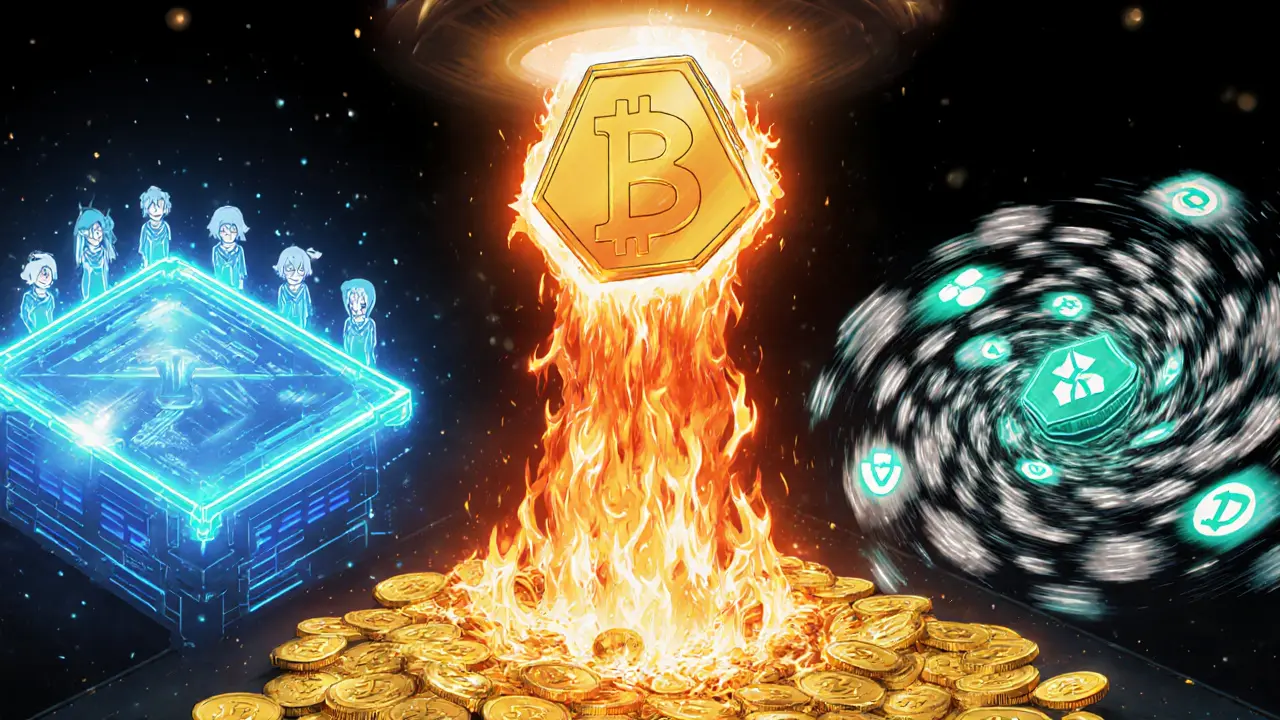
Security, Audits, and Governance
Security is a top concern in DeFi, and Terraport has taken several steps:
- CertiK Audit: The smart contracts were audited by CertiK in 2023, earning a Gold badge after passing a rigorous institutional KYC process.
- Bug Bounty: Ongoing program that pays out rewards for verified vulnerabilities, keeping the codebase under community scrutiny.
- Decentralized Governance: $TERRA holders can propose and vote on protocol upgrades, fee adjustments, and new feature rollouts directly through on‑chain voting.
This model reduces the risk of a single point of failure and aligns incentives with the community.
How to Acquire and Use TERRA
There are three main pathways to get your hands on TERRA:
- Direct Purchase on centralized exchanges like Bitget. Bitget runs “Learn2Earn” and “Assist2Earn” campaigns that reward users with free TERRA for completing tutorials or referring friends.
- Swap from other Terra Classic tokens using the native Terraport swap interface. Connect your Terra Classic Station wallet, select the pair, and approve the transaction.
- Earn through Bitget’s “Earn” products, which let you lock TERRA for a fixed term and collect interest comparable to traditional savings rates.
Once you have TERRA, you can:
- Stake it for daily rewards.
- Provide liquidity to earn a share of swap fees.
- Participate in LaunchPad token sales.
- Use it for peer‑to‑peer payments or charitable donations, thanks to its low transaction costs.
Risks and Market Outlook
Like any crypto, Terraport comes with its own set of risks:
- Liquidity Risk: Smaller DEXes can suffer from thin order books, causing higher slippage during large trades.
- Smart‑Contract Bugs: Even audited contracts can contain hidden vulnerabilities; the bug bounty mitigates but does not eliminate this risk.
- Terra Classic Dependency: Terraport’s value is tightly coupled to the health of the Terra Classic ecosystem. Any major setback for LUNC could ripple through TERRA.
- Regulatory Uncertainty: While the platform is non‑custodial, future regulations could affect how DeFi services are accessed in certain jurisdictions.
On the upside, the platform’s deflationary tokenomics and community‑driven governance give it a unique edge in a crowded DeFi space. If Terra Classic’s broader revival gains traction, Terraport could see a surge in usage and token price.
Terraport vs. Other DeFi Platforms
| Feature | Terraport (TERRA) | Uniswap (Ethereum) | PancakeSwap (BNB Chain) |
|---|---|---|---|
| Underlying Blockchain | Terra Classic | Ethereum | BNB Chain |
| Native Token | TERRA (deflationary) | UNI (governance) | CAKE (utility) |
| Custody Model | Non‑custodial, direct wallet integration | Non‑custodial, web3 wallet | Non‑custodial, web3 wallet |
| KYC Requirement | None | None | None |
| Deflationary Mechanism | Automatic burn on each swap | None | None |
| Governance | TERRA‑holder voting | UNI‑holder voting | CAKE‑holder voting |
| Average Daily Volume (USD) | ~$168k | ~$1.2B | ~$450M |
Terraport’s niche lies in its focus on the Terra Classic community and its built‑in token‑burn model. If you’re already trading LUNC or other Terra assets, Terraport offers a lower‑fee, ecosystem‑centric alternative.
Next Steps for New Users
Ready to try Terraport? Follow these steps:
- Download the Terra Classic Station wallet app (available for iOS, Android, and desktop).
- Secure your seed phrase offline - never share it.
- Buy a small amount of LUNC or USTC on a trusted exchange and transfer it to your Station wallet.
- Open the Terraport DEX in the wallet’s built‑in browser, connect, and swap a portion for TERRA.
- Stake your newly acquired TERRA to start earning daily rewards.
Keep an eye on the platform’s announcements channel - new farms, launchpad sales, and community votes are announced there first.
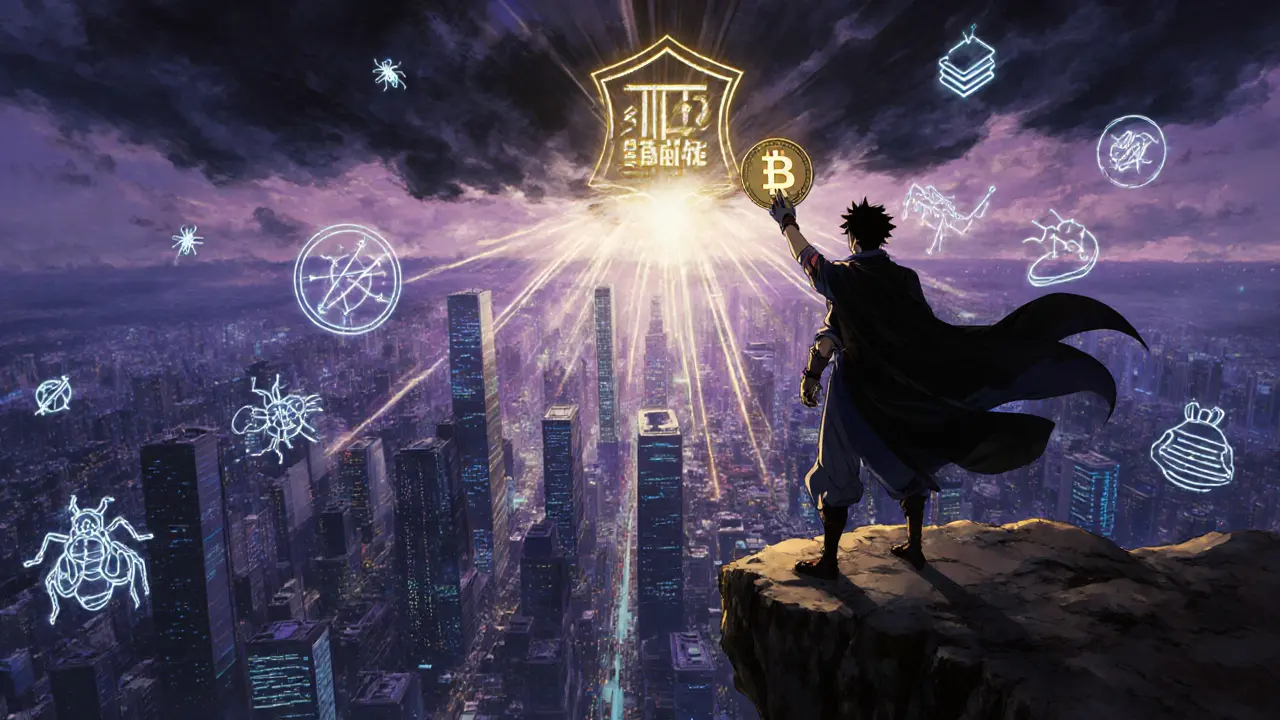
Frequently Asked Questions
What is the main purpose of Terraport?
Terraport aims to provide a full‑stack DeFi experience on Terra Classic, letting users swap, stake, provide liquidity, and participate in token launches without any KYC or custodial control.
How does the token‑burn mechanism work?
Every time a user makes a swap, ~0.5% of the transaction amount is sent to an on‑chain burn contract. The burn is executed automatically, permanently removing those TERRA tokens from circulation.
Is Terraport safe to use?
The platform’s contracts were audited by CertiK and the team holds a Gold badge, indicating a high security standard. However, no DeFi project is risk‑free, so only allocate funds you can afford to lose.
Can I earn interest on TERRA without staking?
Yes. Bitget’s Earn products let you lock TERRA for a fixed term and collect interest, similar to a crypto savings account.
What are the biggest risks for TERRA investors?
Liquidity constraints, potential smart‑contract bugs, the health of the Terra Classic ecosystem, and future regulatory changes are the primary risk factors to monitor.


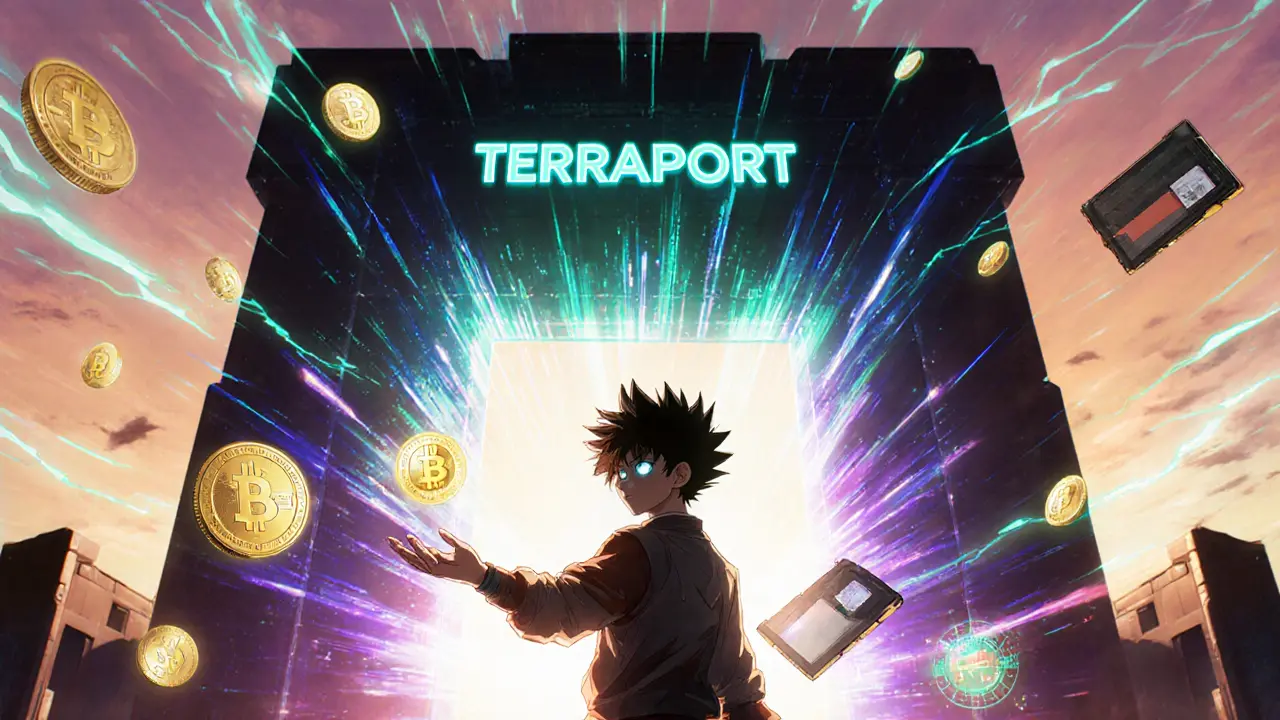


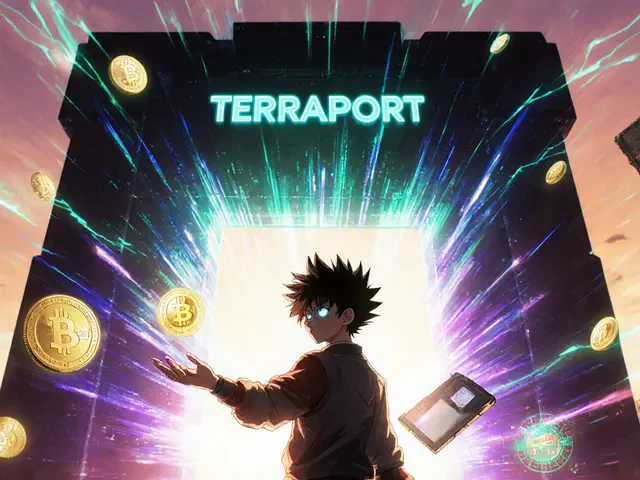


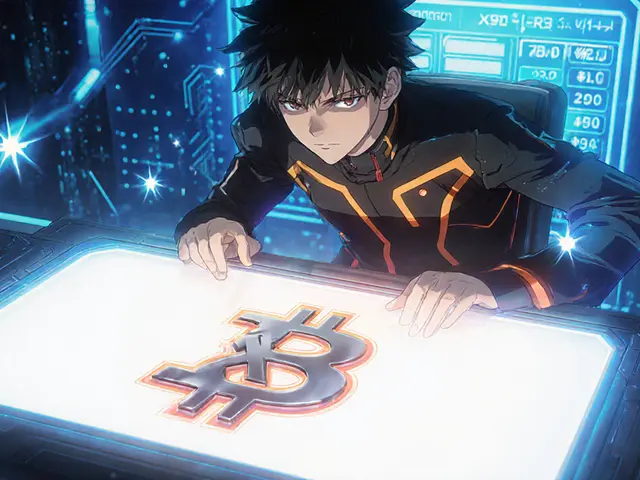


Comments (24)
John Kinh
January 15, 2025 AT 05:15 AMTerraport looks like another flash‑in‑the‑pan DeFi token 😒. If the burn mechanic actually works, maybe it'll keep the price from tanking 🚀.
Mark Camden
January 16, 2025 AT 22:55 PMRegulatory frameworks across jurisdictions are tightening around deflationary tokens, and Terraport is no exception. The 0.5% burn per swap might raise eyebrows at compliance officers. Even if the tokenomics look appealing on paper, the legal gray area could deter institutional interest. In short, tread carefully before allocating capital.
MARLIN RIVERA
January 18, 2025 AT 16:35 PMTerraport’s price chart is a textbook example of hype‑driven volatility. The burn feature is a gimmick that won’t rescue a fundamentally weak project. Expect a rough ride if you decide to jump in.
Chad Fraser
January 20, 2025 AT 10:15 AMHey everyone, don’t let the initial dip scare you! With the deflationary model, scarcity could drive value over time, so stay optimistic and keep an eye on the staking rewards.
Jayne McCann
January 22, 2025 AT 03:55 AMTerraport? Yeah, I’ve seen dozens of tokens promise burns and nothing changes. Might be worth a peek, but don’t get your hopes up.
Bobby Ferew
January 23, 2025 AT 21:35 PMThe protocol’s APR calculations are riddled with optimistic assumptions, and the liquidity pool depth is shallow. Without robust market‑making, any sizable trade will slippage‑eat your gains. It’s a classic case of shiny UI over substance.
celester Johnson
January 25, 2025 AT 15:15 PMOne could argue that the very act of burning introduces a philosophical tension between scarcity and utility. Still, the math stays the same.
Prince Chaudhary
January 27, 2025 AT 08:55 AMI respect the effort the team put into the UI, but the tokenomics need clearer disclosure. Transparency will go a long way in building trust.
Evie View
January 29, 2025 AT 02:35 AMTerraport’s hype machine is cranking at full speed, but the underlying fundamentals are as thin as paper. The burn rate sounds great until you realize it’s only a fraction of each swap, not a guarantee of price appreciation. If you’re not ready for the roller‑coaster, step back.
Sidharth Praveen
January 30, 2025 AT 20:15 PMStaking could be a decent way to earn passive income while the token matures. Keep your expectations realistic, though.
Sophie Sturdevant
February 1, 2025 AT 13:55 PMLook, the APY numbers are attractive, but they’re based on current supply and not future burn impacts. If the community rallies, you could see decent yields. Otherwise, you might just be chasing a mirage.
Nathan Blades
February 3, 2025 AT 07:35 AMTerraport’s design tries to blend DeFi utility with a deflationary token model, which on paper sounds innovative. The 0.5% burn per transaction reduces circulating supply incrementally, a feature that could theoretically create upward pressure on price as demand grows. However, the actual impact depends heavily on transaction volume; low activity means the burn effect is negligible. Additionally, the token’s fixed total supply of roughly 642 million sets a hard ceiling, but without strong demand, that ceiling is meaningless. The staking rewards calculator promises appealing APYs, yet those numbers assume optimal conditions that rarely materialize in volatile markets. Liquidity provision is another crucial factor: shallow pools will cause slippage, eroding any gains from staking or trading. Moreover, the platform’s UI, while sleek, hides some fee structures that could affect net returns. From a security perspective, the smart contracts have undergone a standard audit, but the fast‑moving DeFi space means new vulnerabilities can surface anytime. Community engagement appears modest; a vibrant community often drives organic adoption, which is currently lacking. Investors should also consider regulatory risks, as deflationary tokens can attract scrutiny for potential market manipulation. In summary, Terraport offers an intriguing blend of features, but the practical execution leaves many questions unanswered. Proceed with caution, diversify, and never invest more than you can afford to lose.
Somesh Nikam
February 5, 2025 AT 01:15 AMThe recent audit report highlighted no critical vulnerabilities, which is reassuring. Still, the token’s long‑term success hinges on active liquidity providers. If the community steps up, the burn mechanism could become a meaningful driver of scarcity.
Jan B.
February 6, 2025 AT 18:55 PMClear UI, decent docs. Needs more liquidity.
Debby Haime
February 8, 2025 AT 12:35 PMTerraport’s calculator is user‑friendly, making it easy for newcomers to estimate yields. Yet, the assumptions behind those numbers could use a disclaimer. Overall, a decent starting point for the curious.
emmanuel omari
February 10, 2025 AT 06:15 AMFrom a nationalist standpoint, supporting home‑grown DeFi projects is vital for economic sovereignty. Terraport’s architecture aligns with that vision, though the token’s market cap remains modest. If we rally behind it, the community can push it into the mainstream.
Andy Cox
February 11, 2025 AT 23:55 PMLooks like another meme coin to me.
Courtney Winq-Microblading
February 13, 2025 AT 17:35 PMPhilosophically, the idea of token scarcity mimics natural scarcity in ecosystems. Yet, imposing artificial burns may disrupt organic market dynamics. It’s an intriguing experiment worth observing.
katie littlewood
February 15, 2025 AT 11:15 AMWhen you unpack the layers of Terraport, you discover a tapestry woven from ambition, technical nuance, and market optimism. The burn mechanism, while modest, reflects a desire to engineer scarcity, a principle that echoes across many successful crypto narratives. Yet, the real test lies in community adoption; without a vibrant user base, the most elegant tokenomics remain idle. The staking calculators paint a rosy picture, but they hinge on sustained liquidity-a variable that’s notoriously fickle. In short, the project teeters between innovative potential and the pitfalls of hype‑driven speculation.
Jenae Lawler
February 17, 2025 AT 04:55 AMWhile the proponents of Terraport purport that the 0.5% burn is a panacea for token dilution, such assertions are, at best, speculative. One must rigorously interrogate the underlying economic model before allocating capital. Furthermore, the absence of a robust governance framework raises concerns about future adaptability. In conclusion, skepticism remains warranted.
Richard Herman
February 18, 2025 AT 22:35 PMThat lengthy breakdown hits many of the right points about liquidity and community involvement. It’s true that without active participants, the burn effect stays theoretical. Hopefully the devs can incentivize more providers soon.
Parker Dixon
February 20, 2025 AT 16:15 PMExactly! 🎯 The community‑driven incentives are where the magic happens. If we all stake and swap, the burn will actually matter, and the token could finally break out of its niche. Let’s keep the momentum going!
Stefano Benny
February 22, 2025 AT 09:55 AMWhile the earlier critique was harsh, it’s worth noting that not every token needs to be a market leader to serve a niche purpose. Terraport may simply aim to experiment with deflationary mechanics, and that in itself adds value to the ecosystem.
Katrinka Scribner
February 24, 2025 AT 03:35 AMHaha, “another meme coin” – classic! 😆 Still, even meme‑coins can surprise us if the community gets behind them.